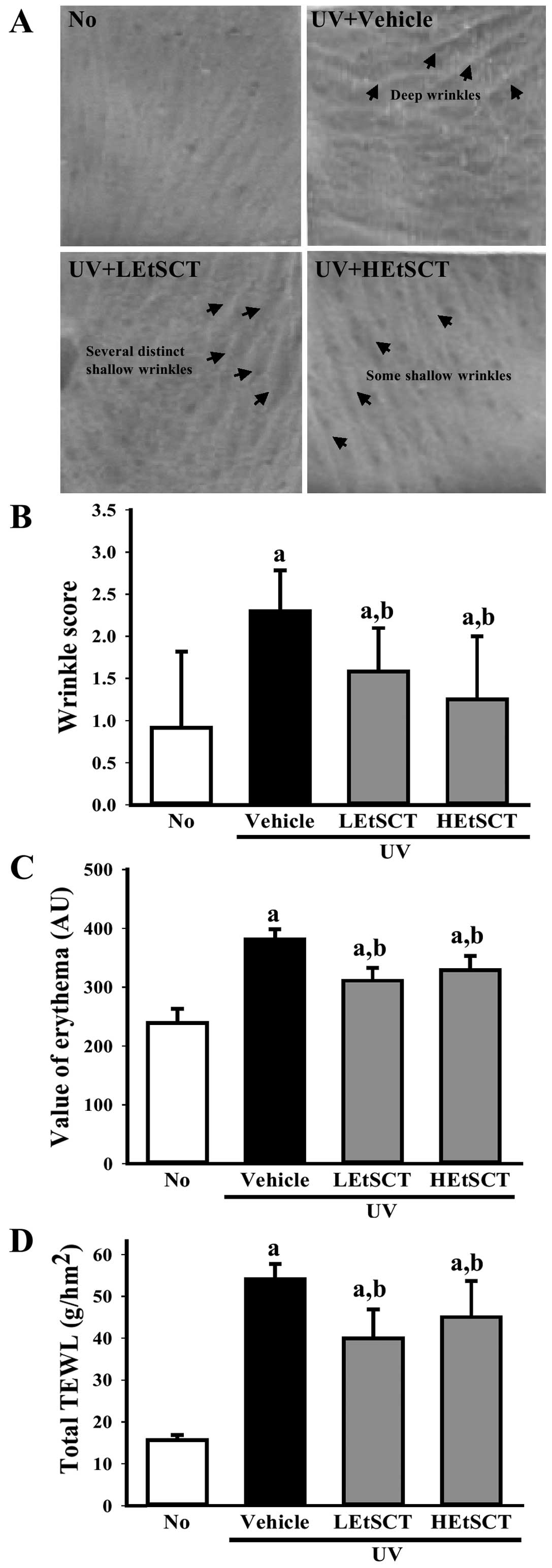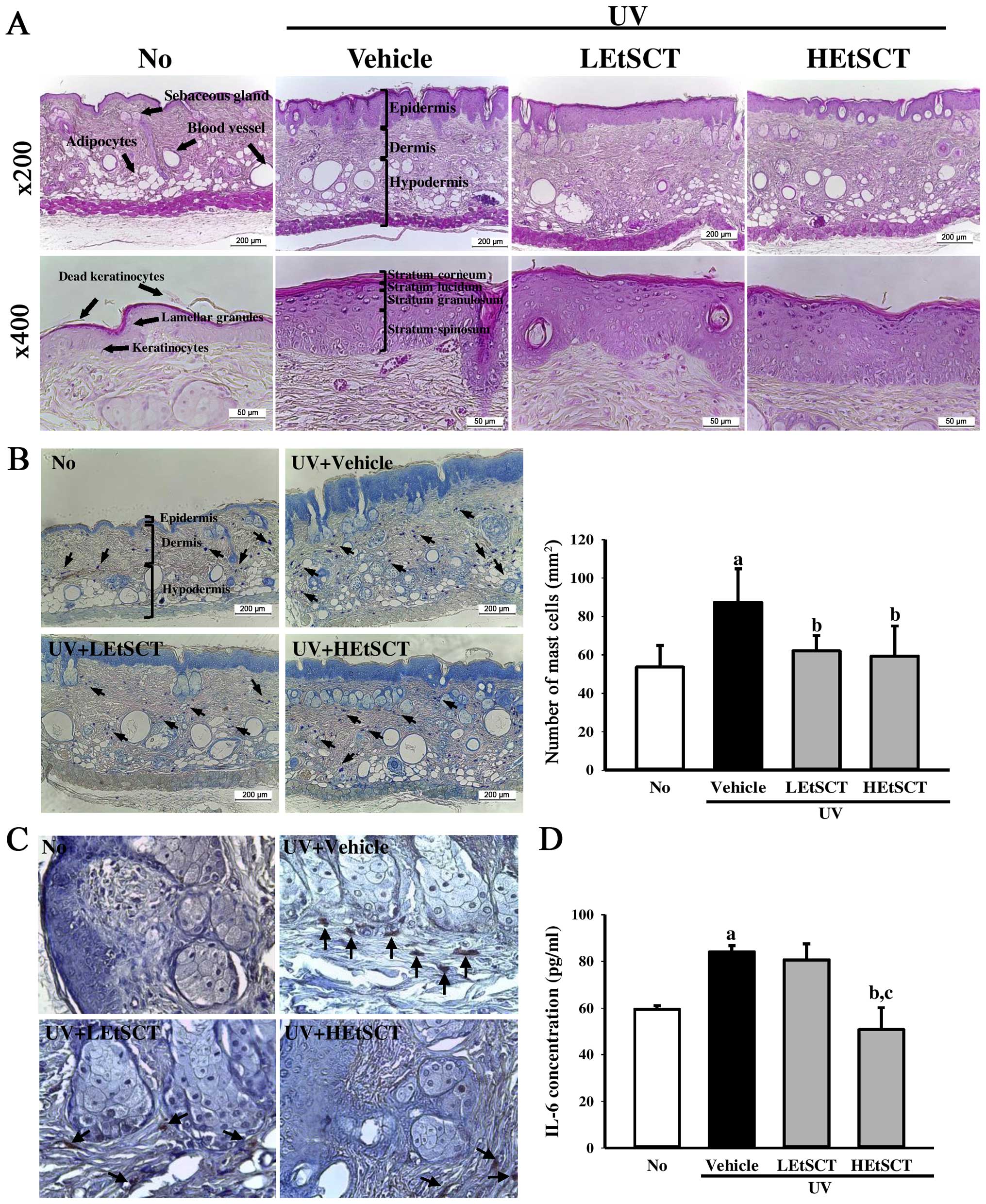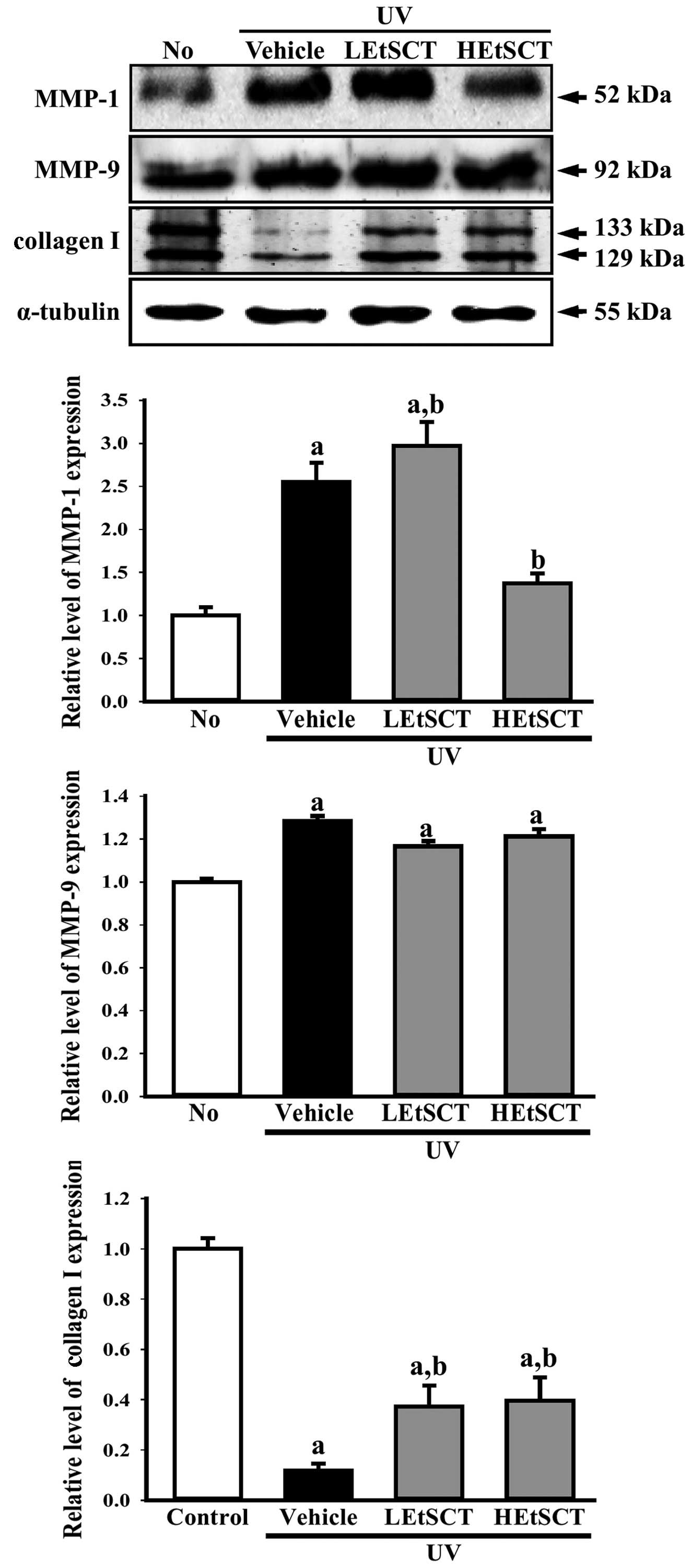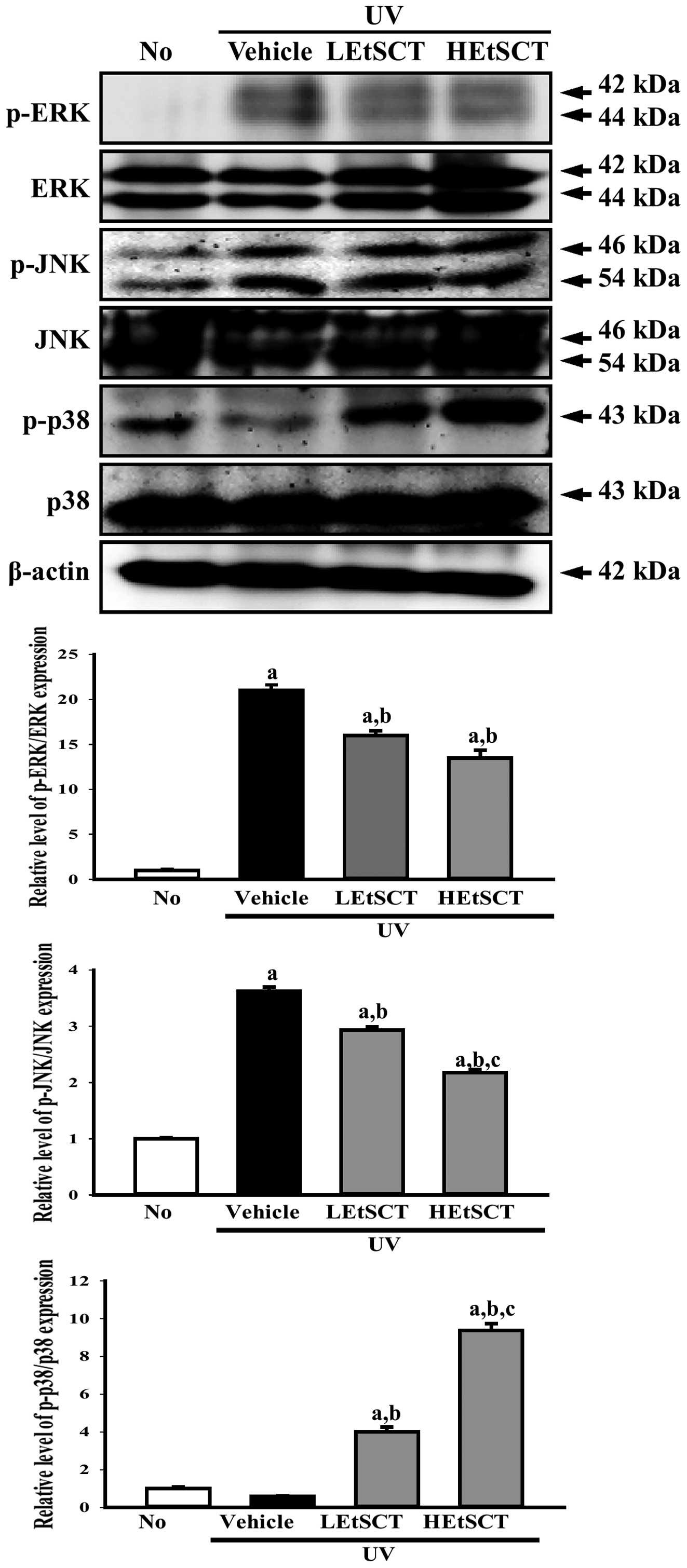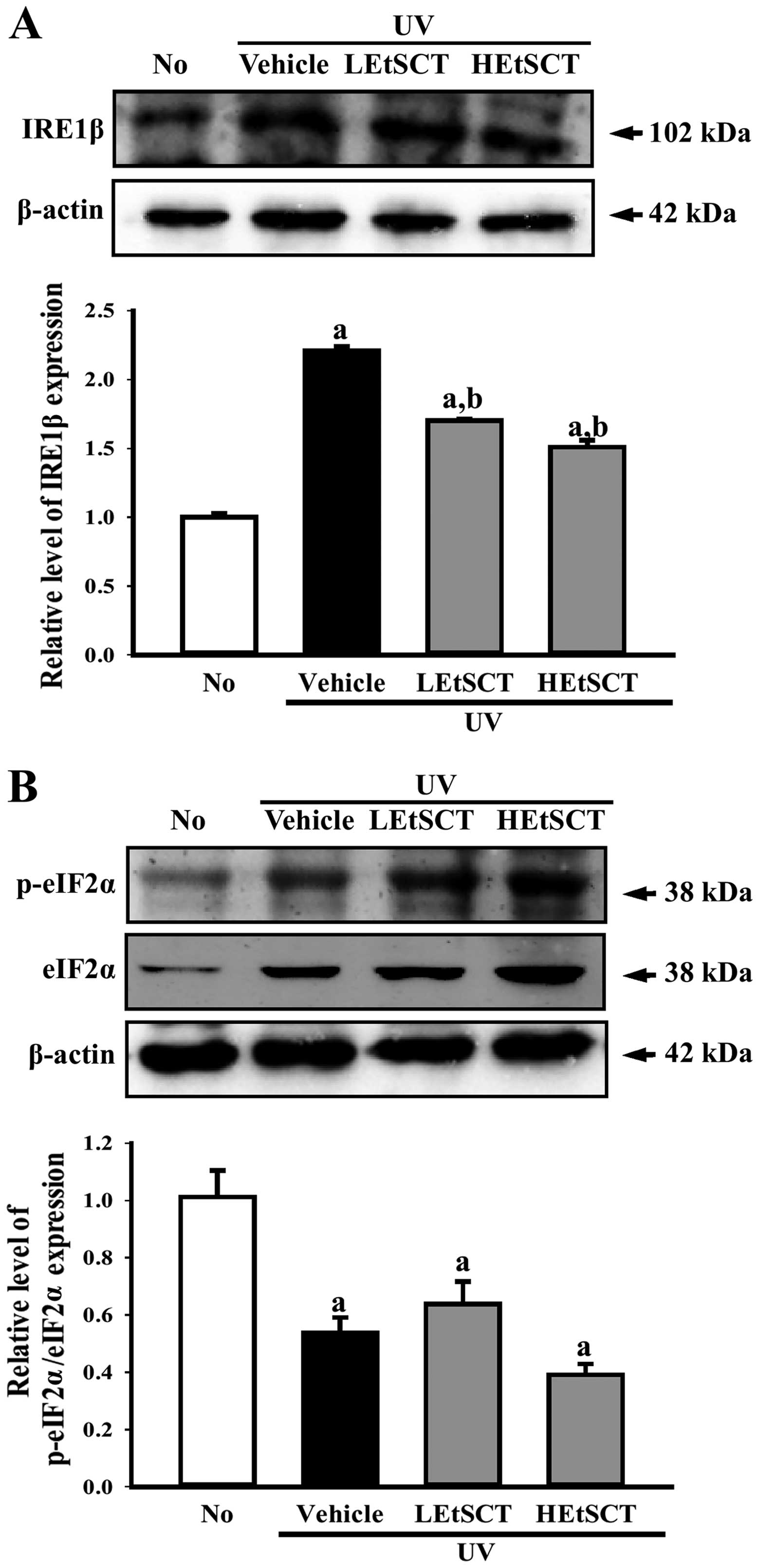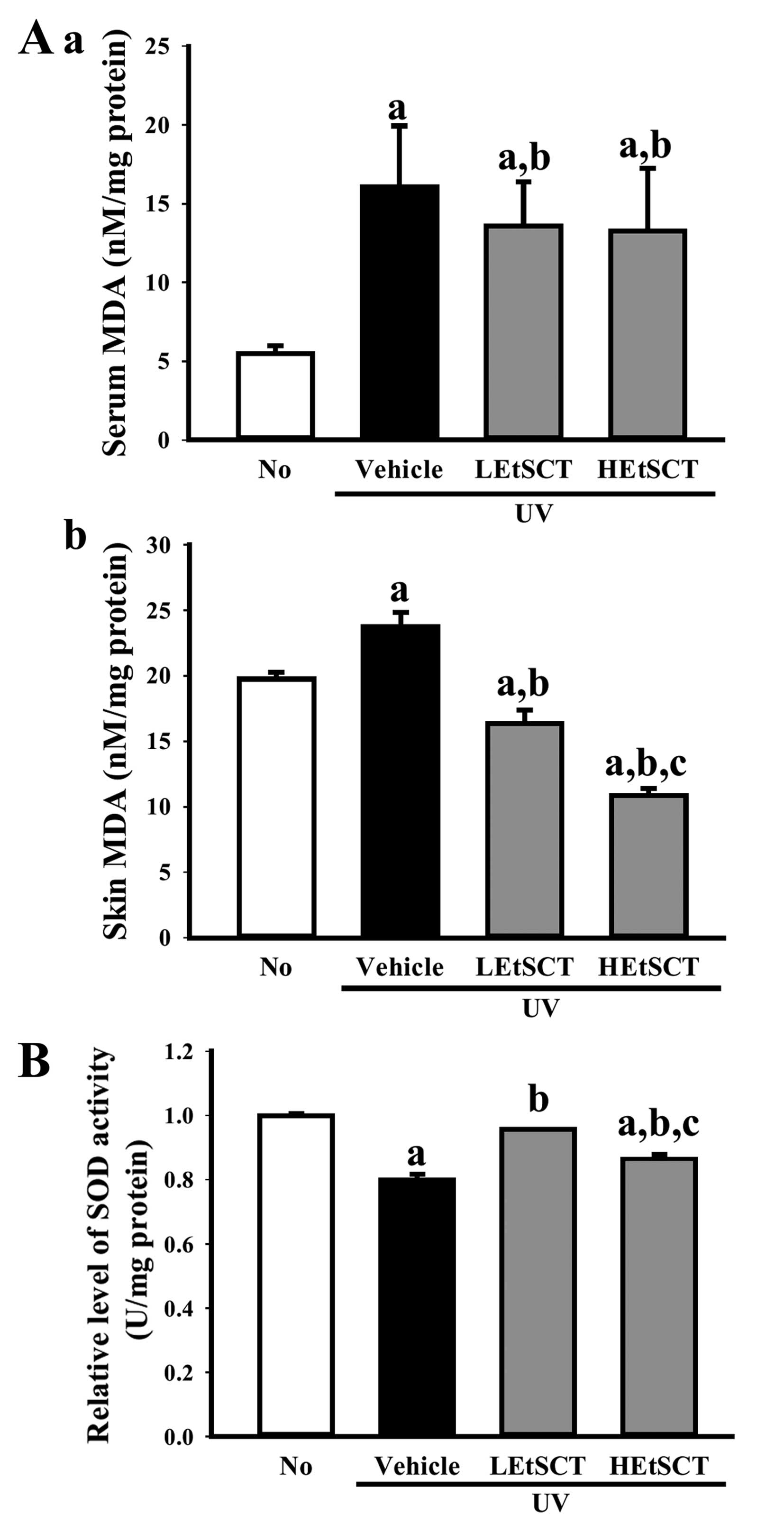|
1
|
Millar RH: The identity of the ascidians
Styela mammiculata Carlisle and Styela clava Herdman. J Mar Biol
Assoc UK. 39:509–511. 1960. View Article : Google Scholar
|
|
2
|
Carlisle DB: Styela mammiculata n.sp, a
new species of ascidian from the Plymouth area. J Mar Biol Assoc
UK. 33:329–334. 1954. View Article : Google Scholar
|
|
3
|
Kang PA, Kim Y and Yoon DS: Studies on the
hanging culture of oyster, Crassostrea gigas, in the Korean coastal
waters (IV). On the fouling organisms associated with culturing
oysters at the oyster culture farms in Chungmu. Bull Natl Fish Res
Dev Agency. 25:29–34. 1980.
|
|
4
|
Davis MH and Davis ME: First record of
Styela clava (Tunicata, Ascidiacea) from the Mediterranean Sea.
Aquatic Invasions. 3:125–132. 2008. View Article : Google Scholar
|
|
5
|
Park JH and Suh YC: GIS-Based Suitable
Site Selection for aquaculture using scope for growth of Styela
clava. J Korean Assoc Geogr Inf Stud. 16:81–90. 2013. View Article : Google Scholar
|
|
6
|
Shin YK, Park JJ, Park MS, Myeong JI and
Hur YB: Effect of temperature and dissolved oxygen on the survival
rate and physiological response of the warty sea squirt Styela
clava. Korean J Environ Biol. 32:216–224. 2014. View Article : Google Scholar
|
|
7
|
Ahn SH, Jung SH, Kang SJ, Jeong TS and
Choi BD: Extraction of glycosaminoglycans from Styela clava tunic.
Korean J Biotechnol Bioeng. 18:180–185. 2003.
|
|
8
|
Lee SM, Kang EJ, Go TH, Jeong SY, Park GT,
Lee HS, Hwang DY, Jung YJ and Son HJ: Screening of biological
activity of solvent extract from Styela clava tunic for fishery
waste recycling. J Environ Sci Intern. 23:89–96. 2014. View Article : Google Scholar
|
|
9
|
Jung YJ: Properties of regenerated
cellulose films prepared from the tunicate Styela clava. J Kor Fish
Soc. 41:237–242. 2008.
|
|
10
|
Jung YJ, An BJ, Hwang DY, Kim HD, Park SM,
Cho H and Kim HS: Preparation and properties of regenerated
cellulosic biomaterial made from Styela clava tunics. Biomater Res.
12:71–76. 2008.
|
|
11
|
Kwak MH, Go J, Kim JE, Lee YJ, Lee SH, Lee
HS, Son HJ, Jung YJ and Hwang DY: Property and efficacy analysis of
hydrocolloid membrane containing Styela clava Tunic on the wound
repair of skin in SD rats. Biomater Res. 17:91–101. 2013.
|
|
12
|
Kim SM, Lee JH, Cho JA, Lee SC and Lee SK:
Development of a bioactive cellulose membrane from sea squirt skin
for bone regeneration - A preliminary research. J Korean Assoc Oral
Maxillofac Surg. 31:440–453. 2005.
|
|
13
|
Xu CX, Jin H, Chung YS, Shin JY, Woo MA,
Lee KH, Palmos GN, Choi BD and Cho MH: Chondroitin sulfate
extracted from the Styela clava tunic suppresses TNF-α-induced
expression of inflammatory factors, VCAM-1 and iNOS by blocking
Akt/NF-kappaB signal in JB6 cells. Cancer Lett. 264:93–100. 2008.
View Article : Google Scholar : PubMed/NCBI
|
|
14
|
Nacional LM, Kang SJ and Choi BD:
Antioxidative activity of carotenoids in mideodeok Styela clava.
Fish Aquat Sci. 14:243–249. 2011.
|
|
15
|
Song SH, Kim JE, Lee YJ, Kwak MH, Sung GY,
Kwon SH, Son HJ, Lee HS, Jung YJ and Hwang DY: Cellulose film
regenerated from Styela clava tunics have biodegradability,
toxicity and biocompatibility in the skin of SD rats. J Mater Sci
Mater Med. 25:1519–1530. 2014. View Article : Google Scholar : PubMed/NCBI
|
|
16
|
Singleton VL and Rossi JA: Colorimetry of
total phenolics with phosphomolybdic-phosphotungstic acid reagents.
Am J Enol Vitic. 16:144–158. 1965.
|
|
17
|
Zhishen J, Mengcheng T and Jianming W: The
determination of flavonoid contents in mulberry and their
scavenging effects on superoxide radicals. Food Chem. 64:555–559.
1999. View Article : Google Scholar
|
|
18
|
Oh H, Ko EK, Kim DH, Jang KK, Park SE, Lee
HS and Kim YC: Secoiridoid glucosides with free radical scavenging
activity from the leaves of Syringa dilatata. Phytother Res.
17:417–419. 2003. View Article : Google Scholar : PubMed/NCBI
|
|
19
|
Oyaizu M: Studies on products of the
browning reaction. Antioxidative activities of browning reaction
products prepared from glucosamine. Jpn J Nutr. 44:307–315. 1986.
View Article : Google Scholar
|
|
20
|
Marcocci L, Maguire JJ, Droy-Lefaix MT and
Packer L: The nitric oxide-scavenging properties of Ginkgo biloba
extract EGb 761. Biochem Biophys Res Commun. 201:748–755. 1994.
View Article : Google Scholar : PubMed/NCBI
|
|
21
|
Park CH, Lee MJ, Kim JP, Yoo ID and Chung
JH: Prevention of UV radiation-induced premature skin aging in
hairless mice by the novel compound Melanocin A. Photochem
Photobiol. 82:574–578. 2006. View Article : Google Scholar : PubMed/NCBI
|
|
22
|
Nam SH, Jung SE, Lee YK, Kim JE, Lee EP,
Choi HW, Kim HS, Lee JH, Jung YJ, Lee CY, et al: Topical
application of selenium can significantly relieve UV-induced skin
aging in hairless mice. Lab Anim Res. 26:37–45. 2010. View Article : Google Scholar
|
|
23
|
Hwang IS, Kim JE, Choi SI, Lee HR, Lee YJ,
Jang MJ, Son HJ, Lee HS, Oh CH, Kim BH, et al: UV radiation-induced
skin aging in hairless mice is effectively prevented by oral intake
of sea buckthorn (Hippophae rhamnoides L.) fruit blend for 6 weeks
through MMP suppression and increase of SOD activity. Int J Mol
Med. 30:392–400. 2012.PubMed/NCBI
|
|
24
|
Bissett DL, Hannon DP and Orr TV: An
animal model of solar-aged skin: histological, physical, and
visible changes in UV-irradiated hairless mouse skin. Photochem
Photobiol. 46:367–78. 1987. View Article : Google Scholar : PubMed/NCBI
|
|
25
|
Baba H, Masuyama A, Yoshimura C, Aoyama Y,
Takano T and Ohki K: Oral intake of Lactobacillus
helveticus-fermented milk whey decreased transepidermal water loss
and prevented the onset of sodium dodecylsulfate-induced dermatitis
in mice. Biosci Biotechnol Biochem. 74:18–23. 2010. View Article : Google Scholar : PubMed/NCBI
|
|
26
|
Kim HJ, Kim J, Kim SJ, Lee SH, Park YS,
Park BK, Kim BS, Kim SK, Cho SD, Jung JW, et al: Anti-inflammatory
effect of quercetin on picryl chloride-induced contact dermatitis
in BALB/c mice. Lab Anim Res. 26:7–13. 2010. View Article : Google Scholar
|
|
27
|
Koshiishi I, Horikoshi E, Mitani H and
Imanari T: Quantitative alterations of hyaluronan and dermatan
sulfate in the hairless mouse dorsal skin exposed to chronic UV
irradiation. Biochim Biophys Acta. 1428:327–333. 1999. View Article : Google Scholar : PubMed/NCBI
|
|
28
|
Philips N, Burchill D, O'Donoghue D,
Keller T and Gonzalez S: Identification of benzene metabolites in
dermal fibroblasts as nonphenolic: regulation of cell viability,
apoptosis, lipid peroxidation and expression of matrix
metalloproteinase 1 and elastin by benzene metabolites. Skin
Pharmacol Physiol. 17:147–152. 2004. View Article : Google Scholar : PubMed/NCBI
|
|
29
|
Philips N, Conte J, Chen YJ, Natrajan P,
Taw M, Keller T, Givant J, Tuason M, Dulaj L, Leonardi D and
Gonzalez S: Beneficial regulation of matrixmetalloproteinases and
their inhibitors, fibrillar collagens and transforming growth
factor-β by Polypodium leucotomos, directly or in dermal
fibroblasts, ultraviolet radiated fibroblasts, and melanoma cells.
Arch Dermatol Res. 301:487–495. 2009. View Article : Google Scholar : PubMed/NCBI
|
|
30
|
Yaar M and Gilchrest BA: Photoageing:
mechanism, prevention and therapy. Br J Dermatol. 157:874–887.
2007. View Article : Google Scholar : PubMed/NCBI
|
|
31
|
Langton AK, Sherratt MJ, Griffiths CEM and
Watson REB: A new wrinkle on old skin: the role of elastic fibres
in skin ageing. Int J Cosmet Sci. 32:330–339. 2010. View Article : Google Scholar : PubMed/NCBI
|
|
32
|
Sumiyoshi M and Kimura Y: Effects of a
turmeric extract (Curcuma longa) on chronic ultraviolet B
irradiation-induced skin damage in melanin-possessing hairless
mice. Phytomedicine. 16:1137–1143. 2009. View Article : Google Scholar : PubMed/NCBI
|
|
33
|
Jung ES, Park E and Lee SC: Antioxidant
activities of extracts from parts of styela clava. J Kor Soc Food
Sci Nutr. 37:1674–1678. 2008. View Article : Google Scholar
|
|
34
|
Kim JJ, Kim SJ, Kim SH, Park HR and Lee
SC: Antioxidant and anticancer activities of extracts from Styela
plicata. J Korean Soc Food Sci Nutr. 34:937–941. 2005. View Article : Google Scholar
|
|
35
|
Kim JJ, Kim SJ, Kim SH, Park HR and Lee
SC: Antioxidant and anticancer activities of extracts from Styela
clava according to the processing methods and solvents. J Kor Soc
Food Nutr. 35:278–283. 2006. View Article : Google Scholar
|
|
36
|
Park JW, You DH, Bae MS, Kim JM, Lee JH,
Kim SJ, Jeon YJ, Park EJ and Lee SC: Antioxidant and
antihypertensive activities of Styela plicata according to
harvesting time and size. Korean Soc Food Sci Nutr. 40:350–356.
2010. View Article : Google Scholar
|
|
37
|
Yoysungnoen P, Wirachwong P, Changtam C,
Suksamrarn A and Patumraj S: Anti-cancer and anti-angiogenic
effects of curcumin and tetrahydrocurcumin on implanted
hepatocellular carcinoma in nude mice. World J Gastroenterol.
14:2003–2009. 2008. View Article : Google Scholar : PubMed/NCBI
|
|
38
|
Münzel T, Gori T, Bruno RM and Taddei S:
Is oxidative stress a therapeutic target in cardiovascular disease?
Eur Heart J. 31:2741–2748. 2010. View Article : Google Scholar : PubMed/NCBI
|
|
39
|
Roginsky V and Alegria AE: Oxidation of
tea extracts and tea catechins by molecular oxygen. J Agric Food
Chem. 53:4529–4535. 2005. View Article : Google Scholar : PubMed/NCBI
|
|
40
|
Uhm YK, Jung KH, Bu HJ, Jung MY, Lee MH,
Lee S, Lee S, Kim HK and Yim SV: Effects of Machilus thunbergii
Sieb et Zucc on UV-induced photoaging in hairless mice. Phytother
Res. 24:1339–1346. 2010. View Article : Google Scholar : PubMed/NCBI
|
|
41
|
Choi SY and Kim YC: Alleviative effects of
jujube water extract on the inflammation and barrier damage in
hairless mice skin. Environ Health Toxicol. 24:351–357. 2009.
|
|
42
|
Iozumi K, Hoganson GE, Pennella R, Everett
MA and Fuller BB: Role of tyrosinase as the determinant of
pigmentation in cultured human melanocytes. J Invest Dermatol.
100:806–11. 1993. View Article : Google Scholar : PubMed/NCBI
|
|
43
|
Yamaguchi Y, Takahashi K, Zmudzka BZ,
Kornhauser A, Miller SA, Tadokoro T, Berens W, Beer JZ and Hearing
VJ: Human skin responses to UV radiation: pigment in the upper
epidermis protects against DNA damage in the lower epidermis and
facilitates apoptosis. FASEB J. 20:1486–1488. 2006. View Article : Google Scholar : PubMed/NCBI
|
|
44
|
Lee CW, Ko HH, Chai CY, Chen WT, Lin CC
and Yen FL: Effect of Artocarpus communis extract on UVB
irradiation-induced oxidative stress and inflammation in hairless
mice. Int J Mol Sci. 14:3860–3873. 2013. View Article : Google Scholar : PubMed/NCBI
|
|
45
|
Pinnell SR: Cutaneous photodamage,
oxidative stress, and topical antioxidant protection. J Am Acad
Dermatol. 48:1–19. 2003. View Article : Google Scholar : PubMed/NCBI
|
|
46
|
Gosline J, Lillie M, Carrington E,
Guerette P, Ortlepp C and Savage K: Elastic proteins: biological
roles and mechanical properties. Philos Trans R Soc Lond B Biol
Sci. 357:121–132. 2002. View Article : Google Scholar : PubMed/NCBI
|
|
47
|
Heim AJ, Matthews WG and Koob TJ:
Determination of the elastic modulus of native collagen fibrils via
radial indentation. Appl Phys Lett. 89:181902–181903. 2006.
View Article : Google Scholar
|
|
48
|
Chen S, Kiss I and Tramposch KM: Effects
of all-trans retinoic acid on UVB-irradiated and non-irradiated
hairless mouse skin. J Invest Dermatol. 98:248–254. 1992.
View Article : Google Scholar : PubMed/NCBI
|
|
49
|
Yan SX, Hong XY, Hu Y and Liao KH: Tempol,
one of nitroxides, is a novel ultraviolet-A1 radiation protector
for human dermal fibroblasts. J Dermatol Sci. 37:137–143. 2005.
View Article : Google Scholar : PubMed/NCBI
|
|
50
|
Vicentini FT, Fonseca YM, Pitol DL,
Iyomasa MM, Bentley MV and Fonseca MJ: Evaluation of protective
effect of a water-in-oil microemulsion incorporating quercetin
against UVB-induced damage in hairless mice skin. J Pharm Pharm
Sci. 13:274–285. 2010. View Article : Google Scholar : PubMed/NCBI
|
|
51
|
Brennan M, Bhatti H, Nerusu KC,
Bhagavathula N, Kang S, Fisher GJ, Varani J and Voorhees JJ: Matrix
metalloproteinase-1 is the major collagenolytic enzyme responsible
for collagen damage in UV-irradiated human skin. Photochem
Photobiol. 78:43–48. 2003. View Article : Google Scholar : PubMed/NCBI
|
|
52
|
Fisher GJ, Datta S, Wang Z, Li XY, Quan T,
Chung JH, Kang S and Voorhees JJ: c-Jun-dependent inhibition of
cutaneous procollagen transcription following ultraviolet
irradiation is reversed by all-trans retinoic acid. J Clin Invest.
106:663–670. 2000. View Article : Google Scholar : PubMed/NCBI
|
|
53
|
Kang TH, Park HM, Kim YB, Kim H, Kim N, Do
JH, Kang C, Cho Y and Kim SY: Effects of red ginseng extract on UVB
irradiation-induced skin aging in hairless mice. J Ethnopharmacol.
123:446–451. 2009. View Article : Google Scholar : PubMed/NCBI
|
|
54
|
Tsoyi K, Park HB, Kim YM, Chung JI, Shin
SC, Lee WS, Seo HG, Lee JH, Chang KC and Kim HJ: Anthocyanins from
black soybean seed coats inhibit UVB-induced inflammatory
cylooxygenase-2 gene expression and PGE2 production through
regulation of the nuclear factor-kappaB and phosphatidylinositol
3-kinase/Akt pathway. J Agric Food Chem. 56:8969–8974. 2008.
View Article : Google Scholar : PubMed/NCBI
|
|
55
|
Casagrande R, Georgetti SR, Verri WA Jr,
Dorta DJ, dos Santos AC and Fonseca MJ: Protective effect of
topical formulations containing quercetin against UVB-induced
oxidative stress in hairless mice. J Photochem Photobiol B.
84:21–27. 2006. View Article : Google Scholar : PubMed/NCBI
|
|
56
|
Krolikiewicz-Renimel I, Michel T,
Destandau E, Reddy M, André P, Elfakir C and Pichon C: Protective
effect of a Butea monosperma (Lam) Taub flowers extract against
skin inflammation: antioxidant, anti-inflammatory and matrix
metalloproteinases inhibitory activities. J Ethnopharmacol.
148:537–543. 2013. View Article : Google Scholar : PubMed/NCBI
|
|
57
|
Katiyar SK and Mukhtar H: Green tea
polyphenol (-)-epigallo-catechin-3-gallate treatment to mouse skin
prevents UVB-induced infiltration of leukocytes, depletion of
antigen-presenting cells, and oxidative stress. J Leukoc Biol.
69:719–726. 2001.PubMed/NCBI
|
|
58
|
Hanson KM and Simon JD: Epidermal
trans-urocanic acid and the UV-A-induced photoaging of the skin.
Proc Natl Acad Sci USA. 95:10576–10578. 1998. View Article : Google Scholar : PubMed/NCBI
|
|
59
|
Lopez-Torres M, Thiele JJ, Shindo Y, Han D
and Packer L: Topical application of alpha-tocopherol modulates the
antioxidant network and diminishes ultraviolet-induced oxidative
damage in murine skin. Br J Dermatol. 138:207–215. 1998. View Article : Google Scholar : PubMed/NCBI
|















